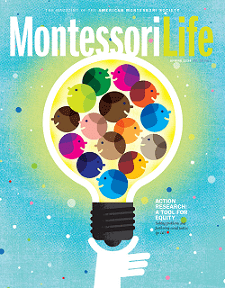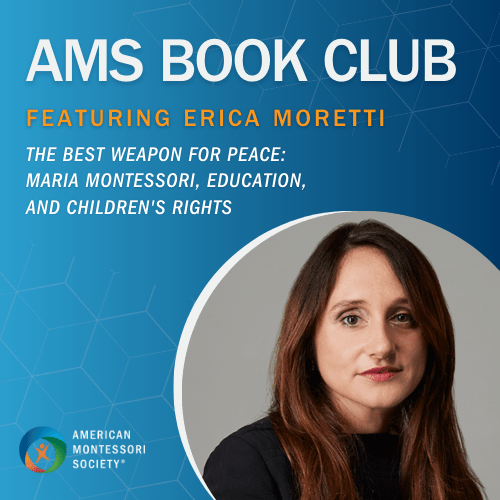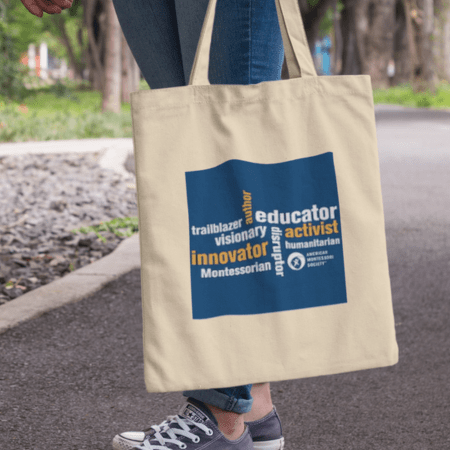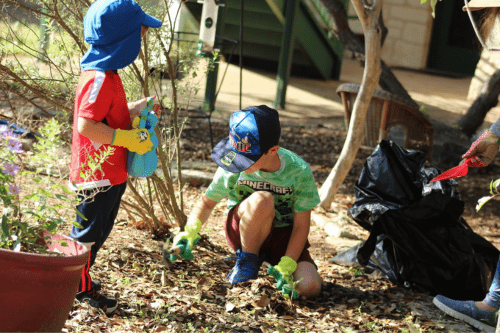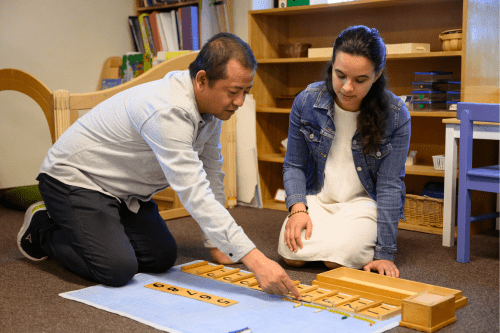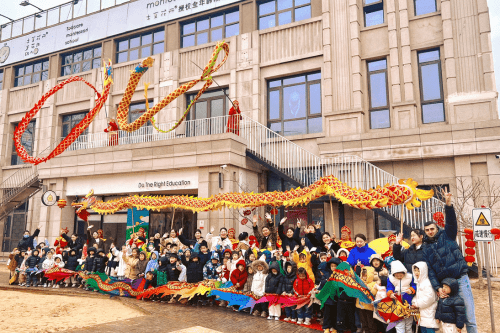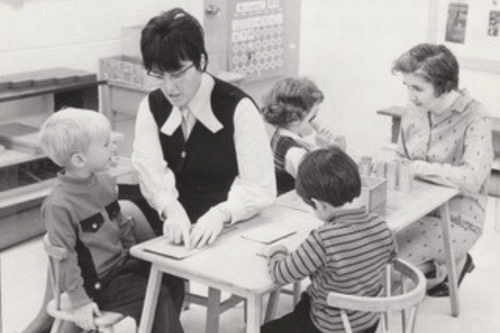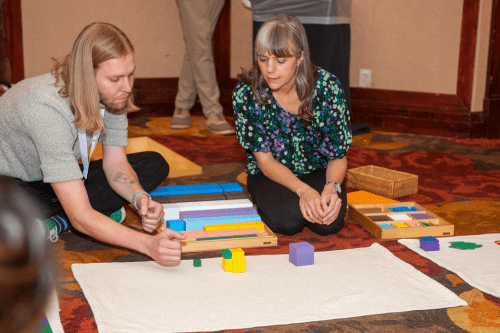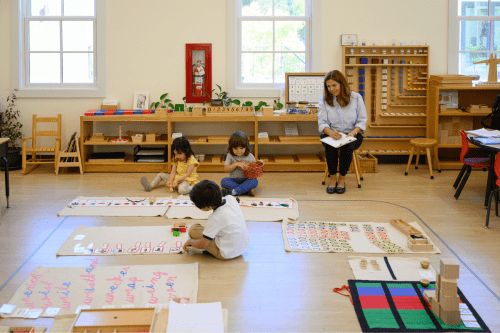Bringing Nature into the Montessori Classroom: Autumn in the Northern Hemisphere

Temperatures are falling as fast as the leaves, but connecting students to nature can continue by bringing ordinary autumn materials into the classroom. Autumn is replete with potential art, Sensorial, Practical Life, Math, and Language possibilities, like a paint palette of leaves, puzzle-like seed pods, and every size and texture of acorn. Meanwhile late autumn-blooming flowers, like asters and goldenrod, are flaunting amethyst and gold in the prolonged warm temperatures of the Northeast United States. Moreover, leaves and the other finds can be used as science and environmental learning extensions.
The benefits of connecting students to nature is well-documented in classic texts like Last Child in the Woods by Richard Louv that brought national attention to "nature deficit disorder." The Greater Good Science Center at the University of California, Berkeley lists the ways students benefit from being outside and enjoying nature. Among the benefits are restored attention, less stress, increased self-discipline, and greater creativity. Media attention to nature deficit disorder helped establish movements such as the “No Child Left Inside” program sponsored by the Chesapeake Bay Foundation.
While ideally classes have an outdoor space, like a field or a garden, students in urban neighborhoods can explore nature in a pocket park, the strip of greenery between the curb and the sidewalk, and even between the cracks in the sidewalk.
All venues offer activities and lessons that directly connect students to nature. Winter can be challenging. The weather might be too cold or snowy to hold activities outside. With a little bit of forethought and planning, though, teachers can collect natural objects all year for students to use in the classroom areas. The Vermont Institute of Science states that by using natural objects in an interdisciplinary way teachers help students build connections through:
- sensory observation
- data collection
- classification
- stewardship of plants and animals
- observation and recording
Autumn in the Classroom
What natural materials, like leaves, branches, wildflowers, and more to acquire will depend on the age group you teach and the structure or limitations of your school’s environment. Below are a few suggestions by age group.
Do remember, before bringing outdoor materials into the classroom, double check with any parents of children who have allergies, especially to nuts or molds. Also, if working with young children make sure live flowers are not toxic.
Activity Suggestions
Toddler Classroom
- Leaf collage
- Flower painting: dip a flower into paint and use it as a paintbrush to make marks.
Early Childhood
- Press wildflowers or leaves to create a collage book.
- Make an Autumn 3D collage with acorns, leaves, small twigs, pebbles. Mat board is heavy enough as a base*
- Make leaf prints by painting one side of the leaf and pressing paper on it to make a print.
- Switch out Sensorial materials with acorns for pouring.
- Put autumn objects like small gourds and twigs into the stereognostic mystery bag.
- Matching objects can include different gourds, seeds, and leaves.
Elementary (I – II)
- All of the art-related activities from above can be completed by elementary students on an age-appropriate level of difficulty.
- Journaling about the change of seasons or any environmental challenge discussed in class.
- Students can use natural objects for a sculpture or mobile.
- Design science and ecology activities to chart native flowers critical to pollinators’s winter survival, as well as, the role of fallen leaves in soil and habitat health.
Revolving classroom materials grouped around the change of seasons offers students a connection to the environment outside their window. These materials can also be a portal for students to encourage and ask their families to explore nature with them. Whether or not your school holds seasonal events that celebrate our environment, getting the outdoors into the classroom is just a step out the door.
More Resources
- “From Puddles to Pigeons: Learning about Nature in Cities,” NAEYC, 11/2018
- National Environmental Education Foundation
- North American Association for Environmental Education
- Natural Start Alliance
- Children and Nature Network
*Contact your local art framer to ask if they would be willing to give you the scraps of mat board left over from framing projects. They can be very generous when they find out the heavy cardboard will be used by students.
About the Author
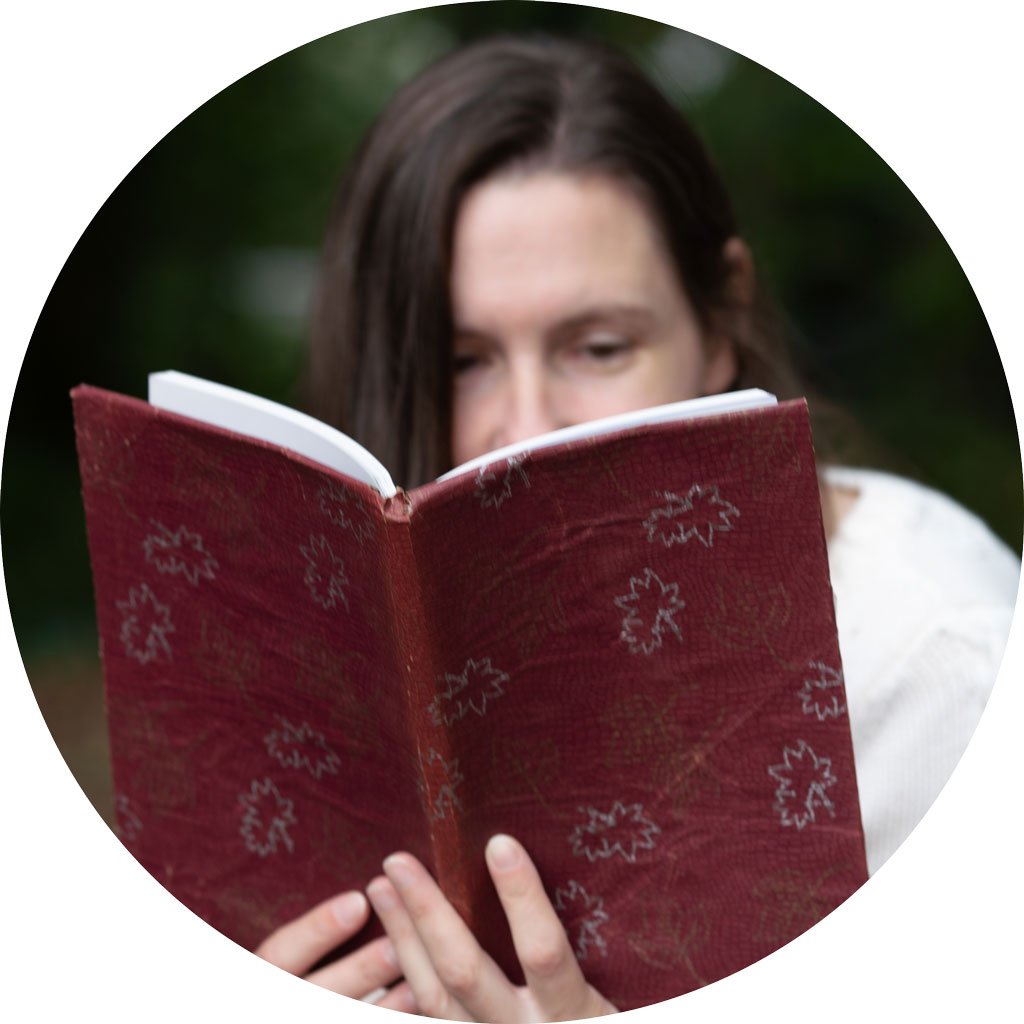 |
V. Kulikow is a former Montessori teacher and youth services librarian. She currently works as a UX designer and enjoys content creation both with words and images. |
Interested in writing a guest post for our blog? Let us know!
The opinions expressed in Montessori Life are those of the authors and do not necessarily represent the position of AMS.



